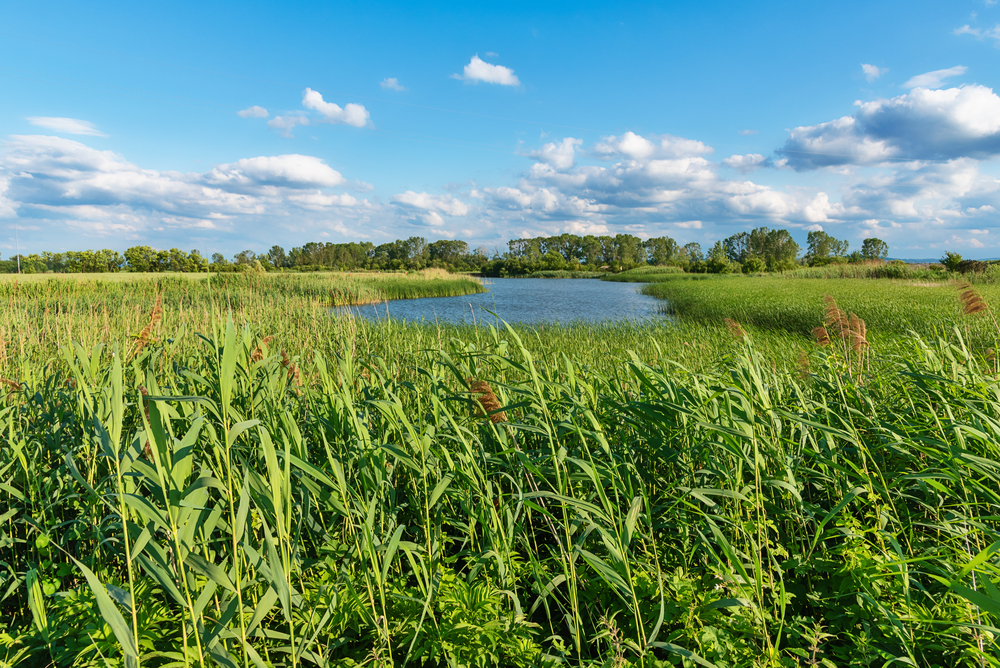Although droughts persist in some areas, the climate prospects for production have improved, according to a report presented to the Southern Agricultural Council (CAS) by specialists from PROCISUR

París, 29 May 2024 (IICA) – While the situation varies across different areas and droughts persist in some regions, climatic conditions for agricultural production have been improving in the Southern Cone and now offer positive prospects in much of the territory, according to a report prepared by specialists from Argentina, Brazil, Chile, Paraguay, and Uruguay.
The study, requested by the Cooperative Program for the Technological Development of Agri-Food and Agro-Industrial Sectors of the Southern Cone (PROCISUR), was presented to the ministers and high-level agricultural authorities of the countries that comprise the Southern Agricultural Council (CAS) during a meeting in Paris. The meeting took place in the French capital because the General Assembly of the World Organisation for Animal Health (WOAH), a key institution for the productive systems and food trade of the region, is being held there this week.
The CAS, whose technical secretariat is managed by the Inter-American Institute for Cooperation on Agriculture (IICA), serves as a forum for consultation and coordination of regional actions, and is comprised of the ministers of agriculture of Argentina, Bolivia, Brazil, Chile, Paraguay, and Uruguay.
Attendees of the meeting included Fernando Vilella, Secretary of Bioeconomy of Argentina and pro tempore president of CAS; Fernando Mattos, Minister of Livestock, Agriculture, and Fisheries of Uruguay; Esteban Valenzuela, Minister of Agriculture of Chile; Carlos Goulart, Secretary of Agricultural Defense of Brazil; José Carlos Martin, President of the National Animal Quality and Health Service (SENACSA) of Paraguay; and Manuel Otero, Director General of IICA.
Increased Water Availability
After the extreme droughts that affected the central and southern regions of South America with severe economic and social impacts, these conditions have improved during the summer and autumn to varying degrees across different areas, according to the report prepared by Pablo Mercuri (INTA of Argentina), Giampaolo Pellegrino (EMBRAPA of Brazil), Gustavo Chacón (INIA of Chile), Edgar Mayeregger (MAG of Paraguay), and Guadalupe Tiscornia (INIA of Uruguay).
In this sense, significant rains were recorded in many regions between January and March, which normalized the availability of water in the soil and in various basins and natural reservoirs.
However, the report warns that droughts persist in areas of Chile and Argentina bordering the Andes, the northern region of Cuyo, areas of the Gran Chaco, and Brazil's Mato Grosso.
The text also mentions the natural disaster that has occurred in the Brazilian state of Rio Grande do Sul, where floods have caused human losses and left hundreds of thousands of people homeless.
The specialists indicate that recovering from this immense impact will take several months, and that it is necessary to create recovery, prevention, and preparedness plans to reduce the impact of future disasters.
According to the study, there has been an increase in soil water content and in the replenishment of watercourses and ponds in the La Plata Basin, which includes northern and central eastern Argentina, Uruguay, Paraguay, and southern Brazil. However, intense rains and floods in southern Brazil have caused significant losses in agricultural production.
In the Gran Chaco, including the Brazilian Pantanal, the projected temperature is expected to be slightly above normal and precipitation may be below average. Therefore, an increase in the probability of mild to moderate droughts is expected.
The report also reveals that in the Altiplano region, which includes the northern Andean area of Chile, eastern Bolivia, and southern Peru, the El Niño phenomenon is weakening, and there could be more abundant rainfall during the summer.
More information:
Institutional Communication Division.
comunicacion.institucional@iica.int